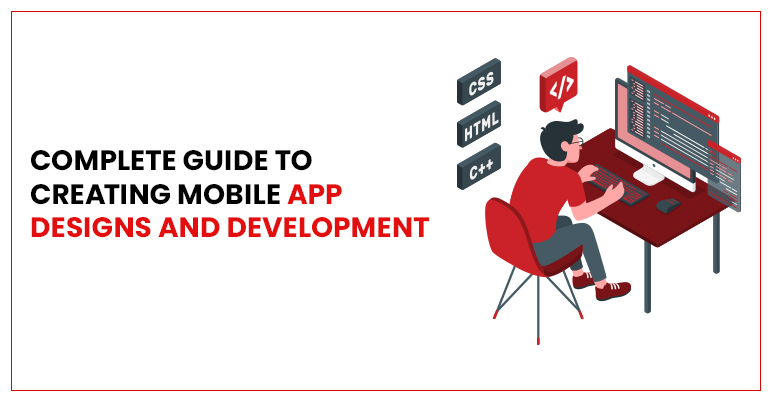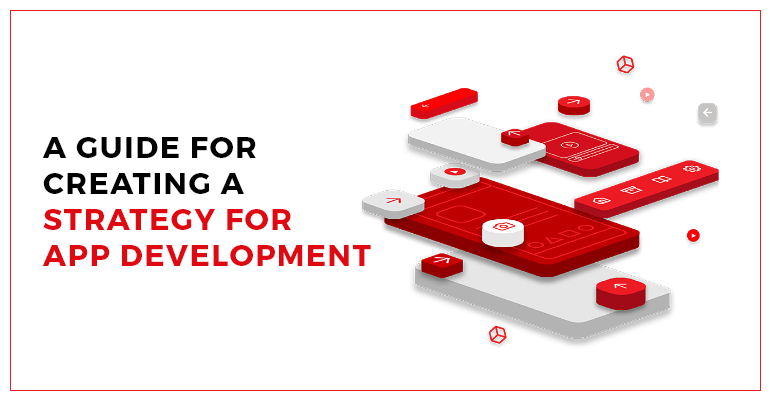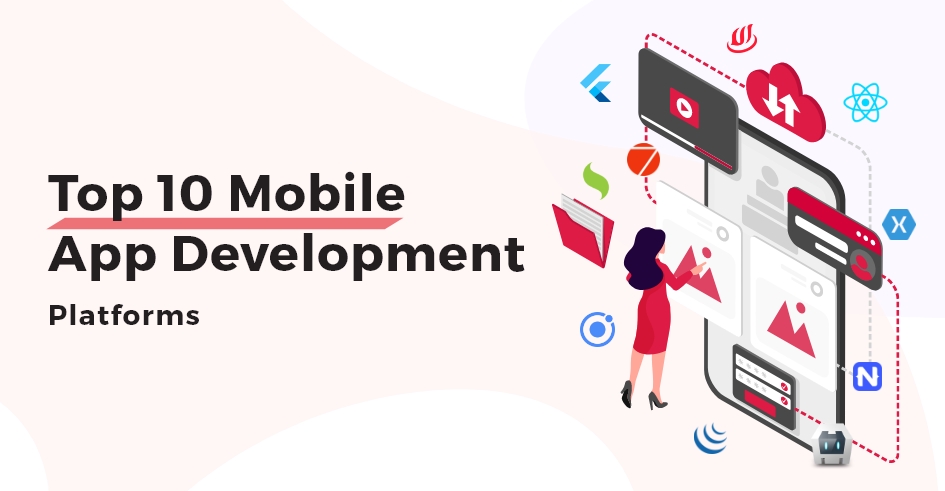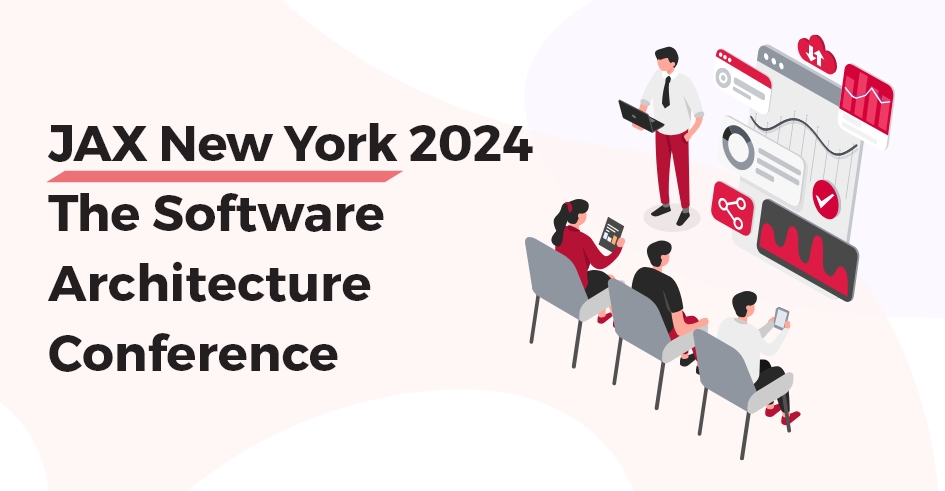With the rise in popularity of smartphones and tablets, mobile application development has become one of the most common software development techniques.
WHAT IS MOBILE APP DEVELOPMENT?
To put it another way, mobile app development is a set of techniques and strategies for building software for small and wireless computing devices. Because mobile app designers comprise software development for mobile devices, it aims to take full advantage of its unique features.
WHAT IS THE PURPOSE OF A MOBILE APP?
Mobile app development with an ambiguous goal or the inability to adapt to various changes is a waste of money. The development of an app should be related to a specific aim. If not completed, the project will be a failure. Confusion and inability to target the audience to find a position in the market are the primary causes for a mobile app’s failure.
When designing a mobile app and making it a success, you should consider the three kinds of purposes listed below. You will have a favorable return on investment if your app falls into at least one of the types listed below.
A SOLUTION PROVIDER AND A PROBLEM SOLVER
In general, here’s what I’ve seen from the customer’s perspective:
- Communication with you
- I’m buying something from you.
- Booking with you is a great idea.
- I’m doing business with you.
Despite having a website, the main benefit of having a mobile app is its rapid speed and capacity to run without the Internet. Your app allows you to handle a variety of difficulties while on the go.
THE ENTERTAINMENT FACTOR
The ‘entertainment’ aspect in applications excels globally due to its appeal across various age groups and capabilities. This genre includes Angry Birds, Candy Crush-Minecraft, and other games that have adopted this motto for their success. They are initially free, with the possibility to upgrade to paid programs later.
ADDING VALUE
Some apps are helpful for everyday tasks, such as multi-location meetings. This kind of apps adds value to the services. For instance, with Skype, you may share your screen, phone, chat, video call, and hold a conference call, among other things.
WHAT AFFECTS MOBILE APP DEVELOPMENT COSTS?
You’re now ready to turn your mobile app concept into a reality.
But wait, what’s that? You aren’t a smart programmer, and none of your pals can assist you right now. You’ll need to employ a mobile app development business to make your dreams a costly reality in this situation. Do you find these inquiries bothersome?
- What does it take to develop an app?
- How long does it take to develop an app?
- What method would you use to fund your mobile app?
If that’s the case, we’ll address the major queries regarding mobile app development.
WHAT ARE THE DIFFERENT TYPES OF A MOBILE APP?
Multi-aspect programming languages and frameworks are used to create and develop mobile apps.
NATIVE APPS
These programs are tailored to a particular platform, such as iOS or Android. These operating systems support the programming languages used to create the apps. These platforms provide complete support for development tools. iOS uses Xcode and Objective-C, while Android relies on Eclipse and Java.
HTML 5
HTML5, Javascript, and CSS are all you’ll need if you want to use a write-once, run-anywhere method. The following are some of the advantages of apps created using this framework:
- Cross-platform compatibility
- Charges for development at a minimum
- Each operating system investigates all of its features.
HYBRID APPS
In most hybrid apps, integrating an HTML app is accomplished by using a container. This is created in the native environment. Hybrid apps allow each native system to use expanded operations of unique elements.
HOW TO CREATE A MOBILE APP?
MARKET RESEARCH
If you’re thinking about it, direct design and development aren’t an option. Market research is the initial step before moving on to design and development. The study can assist you in identifying your target audience as well as your competitive position in the industry.
EXPLAINING MOBILE GOALS AND OBJECTIVES
After you’ve finished your study, make a list of all the many methods your app will need to achieve those goals. If you haven’t yet considered these questions, gather your mobile app development team, discuss the research and discovery phases, and gather data from multiple departments.
WIREFRAMING THE APP
This stage is all about the appearance and feel of your app, as well as the functions you’d like to include. You should have specified the scope of work at this point, including which processes will be conducted in-house and which will be outsourced. Now is the time to start drawing the app and storyboard. The goal of building a crystal clear picture of the fusion of your ideas and features resulting in a functional app is now possible thanks to the availability of internet tools for wireframing the app. Making a roadmap helps to show the links between each screen and the user’s procedure to navigate the program.
Explaining the backend of the mobile application
Because of technical constraints in the backend development process, the wireframes and storyboards may need to be changed. Keep in mind that flexibility is a critical aspect in creating your app, and you must achieve it.
FINALIZING YOUR WIREFRAMING AND PROTOTYPE
If you come across any changes in your wireframe during the backend planning process, just nail it! Start developing an interactive prototype once your wireframe and storyboard are good enough and you have the team’s approval. Prototyping is all about evaluating design concepts, collecting feedback, and identifying dead links and problems in the flow and mobile app usability.
The procedure is made easier by the availability of good prototype tools. You should always test and evaluate the prototype with people who aren’t part of your mobile app development team. Begin tracking them as they interact with the app and solicit feedback on the app’s overall functioning and usage.
Adapting the UI/UX during this stage is crucial decision for resolving any discovered flaws. In brief, your goal is to solidify your app design concept and develop a high-precision prototype.
DEVELOP THE APP
The designer’s job at this point is to construct the actual screen of your mobile app. The interfaces that users will use to engage with your software are represented by the wireframes that were sketched in the previous stages. All ideas and feedback should be incorporated into the designs during the early phases of the testing phase.
TESTING AGAIN
With your entire app concept in place, complete with images and perfectly positioned text, you must now thoroughly test your app in a variety of real-world settings in order to identify and correct technical faults. Start planning your app’s launch once you’ve developed trust in its ability to work in every situation and are satisfied with its appearance.
LAUNCHING THE APPLICATION
The steps you have prepared for your app’s launch will determine its final success. One of the most crucial aspects is involving your marketing staff. Why?
- It aids you in your keyword research.
- Search engine optimization and app store optimization are critical components for marketing and discoverability.
- On the basis of keyword analysis, I submitted the app’s description and title to multiple markets.
- High-resolution screenshots of the software or a promotional film can be useful additions to your marketing strategy.
THE OFFICIAL RELEASE
The official release date is the pinnacle of the app marketing efforts. Create a buzz via articles, blogs, and other forms of media. Sending out mass emails? create buzz using social media posts that include links This is an effective method for increasing downloads and ratings. This also aids in the development of momentum.
Once your software is published, don’t rely on previous accomplishments. Push notifications can be used to announce special deals, promo codes, and discounts, among other things. Your app’s user engagement will improve as a result of this. Offer incentives and excellent services, and monitor analytics to see which features are drawing the most users.
ENDNOTE
In the field of mobile app development and mobile app designs, there are no secrets. It’s like if it’s a book that’s been opened. Your ideation, like that of other organizations, is critical. The mobile app development lifecycle depicts exactly how one should proceed in order to realize one’s desires.





